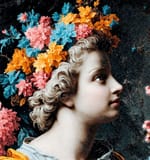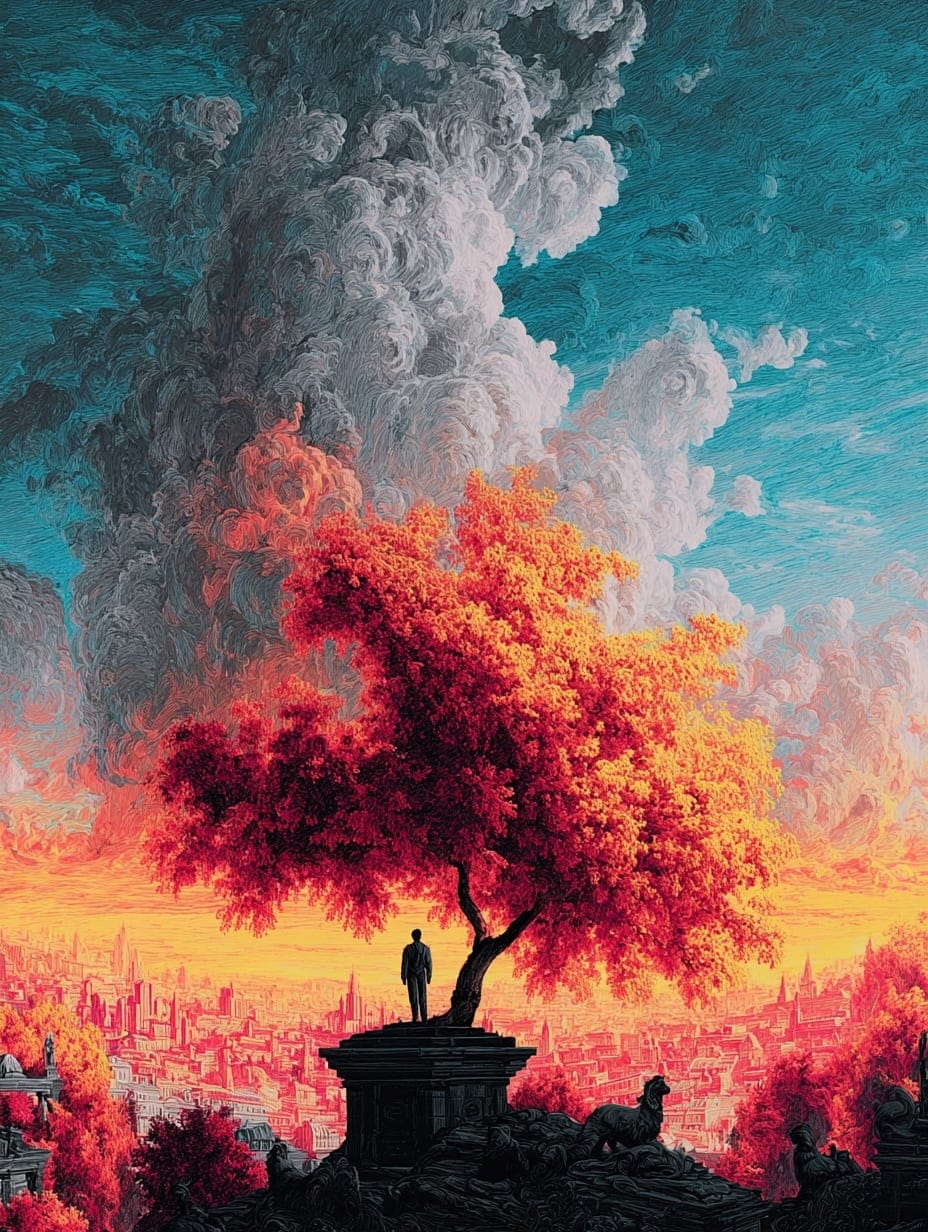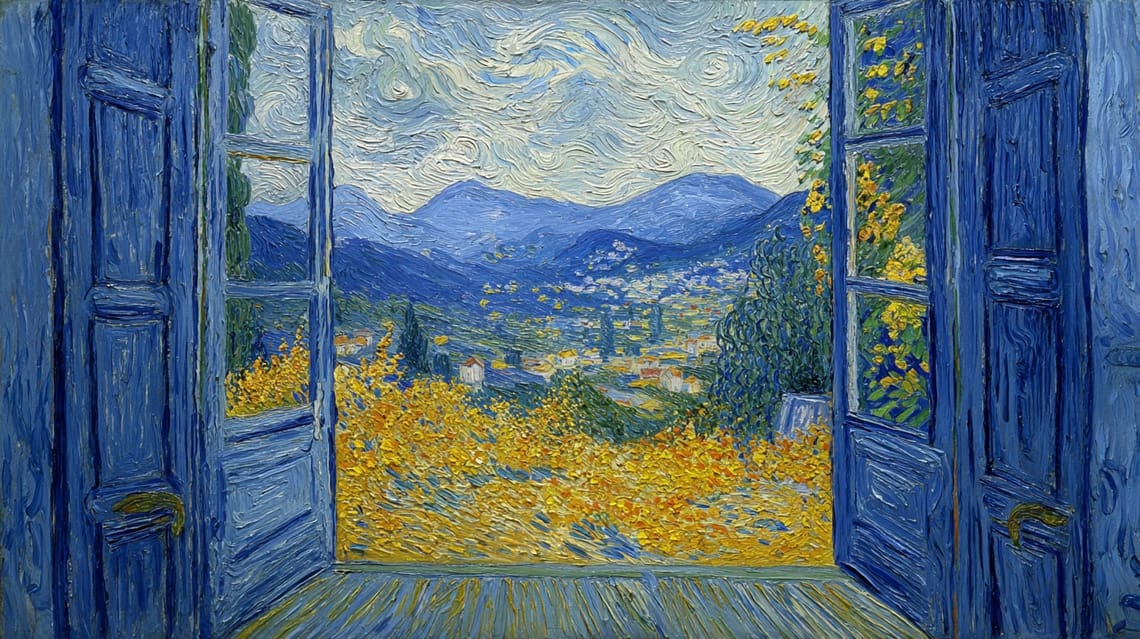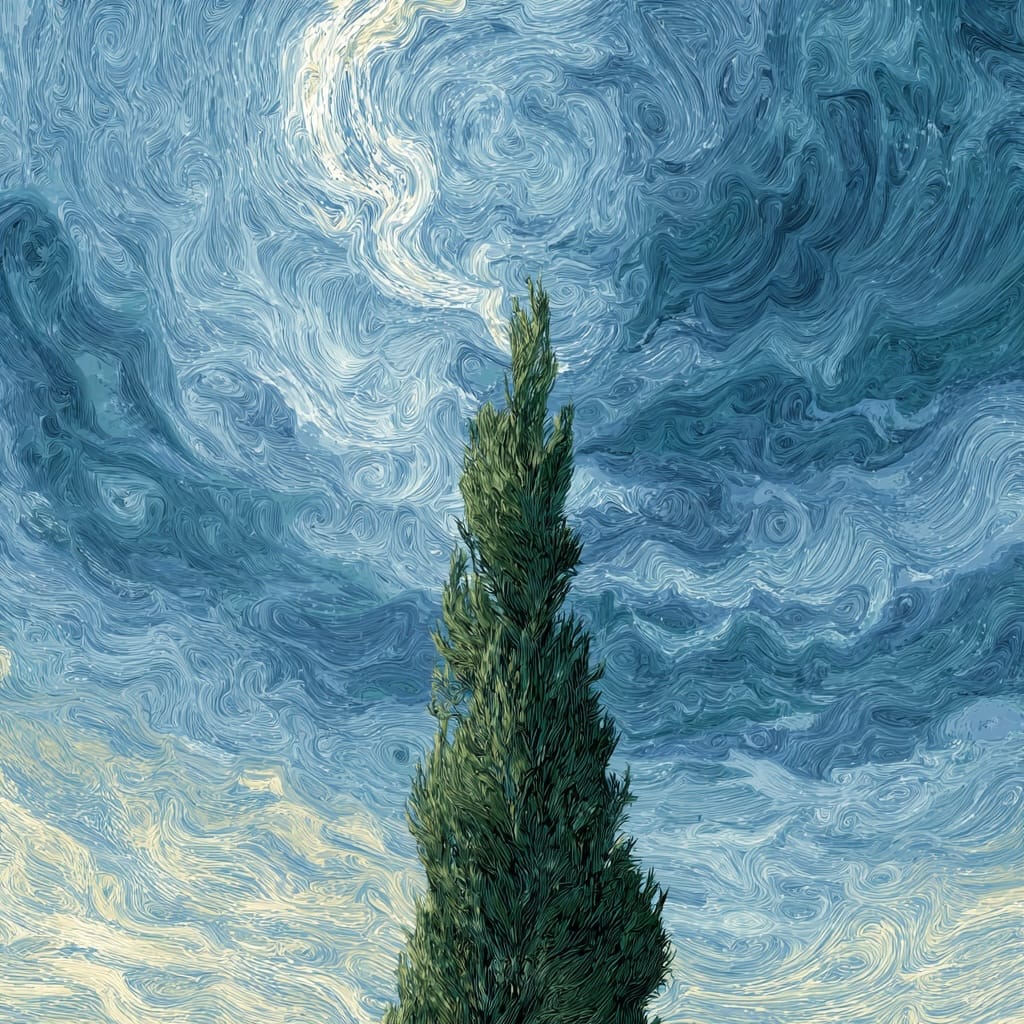Art has always been more than just visual beauty—it's a powerful lens through which we understand human experience, cultural dynamics, and societal transformations. For too long, traditional art historical narratives have been dominated by a narrow, Eurocentric perspective that marginalized countless artists and art movements from around the world.
Rediscovering Forgotten Artists
In recent years, art historians and curators have been doing crucial work to unearth and celebrate artists who were previously overlooked or deliberately erased from mainstream narratives. Take, for example, the incredible story of Hilma af Klint, a Swedish artist who was creating groundbreaking abstract paintings decades before artists like Kandinsky and Mondrian. Her mystical, spiritually-inspired works were completely ahead of their time, yet she remained virtually unknown until the late 20th century.
Women artists, in particular, have been systematically marginalized throughout art history. Artists like Mary Cassatt, Louise Bourgeois, and Frida Kahlo fought against institutional barriers to create revolutionary work that challenged prevailing artistic and social norms. Their resilience and creativity are now being recognized as integral to understanding the full spectrum of artistic expression.
Decolonizing Art Historical Narratives
The process of decolonizing art history is about more than just adding diverse names to textbooks. It's a fundamental reimagining of how we understand artistic production, cultural exchange, and creative innovation. Traditional art historical frameworks often positioned European art as the pinnacle of artistic achievement, dismissing or exoticizing artistic traditions from Africa, Asia, and the Americas.
Contemporary scholars are now exploring how colonial power structures shaped artistic representation and perception. This means critically examining museum collections, questioning how artifacts were acquired, and understanding the complex cultural contexts that produced different artistic traditions.
Indigenous art forms, for instance, were long categorized as "primitive" or "ethnographic" rather than recognized as sophisticated, complex artistic expressions. Today, we're seeing a profound shift in how these artistic traditions are understood and appreciated.
Provenance research has become increasingly important in this context. By tracing the origins and ownership histories of artworks, researchers are uncovering uncomfortable truths about how many significant pieces entered museum collections through exploitation, theft, or coercion during colonial periods.
Modern Influence and Interconnected Artistic Movements
Art doesn't exist in isolation—it's a dynamic, interconnected web of cultural exchange and mutual inspiration. Contemporary artists are increasingly drawing from global artistic traditions, creating hybrid forms that challenge traditional boundaries.
Consider how African textile designs have influenced contemporary fashion, or how Japanese woodblock printing transformed European impressionist painting. These cross-cultural exchanges reveal the profound ways artistic traditions have always been in dialogue, despite artificial barriers.
Digital technologies have accelerated these connections, allowing artists from different parts of the world to collaborate, share techniques, and create truly transnational art forms. Social media platforms have democratized artistic visibility, giving emerging artists platforms that were previously inaccessible.
The ongoing work of reimagining art history is about creating more inclusive, nuanced narratives that recognize the complexity of human creativity. It's not just about adding more names to existing frameworks but fundamentally rethinking how we understand artistic production.
This isn't just an academic exercise—it's about acknowledging the rich, diverse ways humans have expressed their experiences, emotions, and worldviews through creative practices. Every forgotten artist, every marginalized artistic tradition, represents a vital piece of our collective human story.
As we continue to uncover and celebrate these hidden narratives, we expand our understanding of art not just as aesthetic objects, but as powerful tools of communication, resistance, and cultural memory.
Subscribe to my newsletter to get the latest updates and news








Member discussion